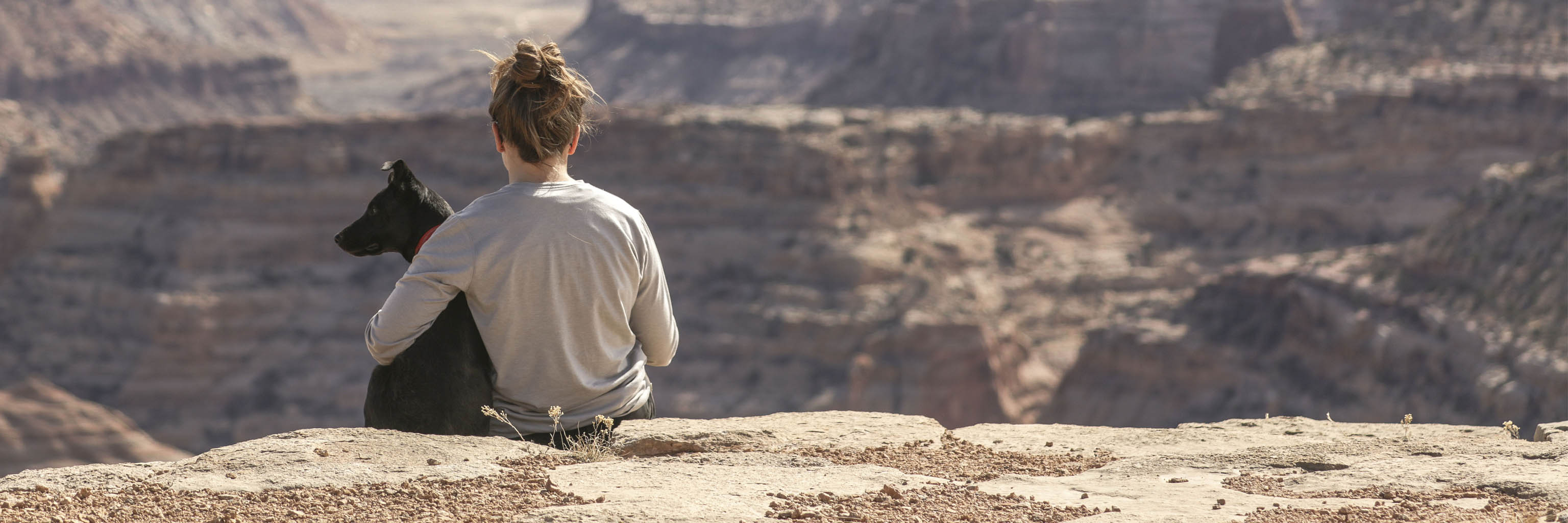Themester 2018 focused on the interaction between humans and non-human animals.
A shared history
Since prehistoric times, the lives of non-human animals have been interwoven with those of human animals. Philosophically, animals have frequently served as a counterpoint for thinking about what it means to be human. Animals have been used by humans for food and labor, for security and transportation, in scientific testing, and often, in ways that are not necessarily exclusive of the former, as helpers and companions of their human keepers.
Animals have been kept as curiosities, for the pleasing sounds they make, for their visual and auditory mimicry of people, and assigned tasks that highlight their superhuman species-specific sensory adaptations, such as the work of bomb-sniffing canines at airports.
At the same time, humans have become increasingly aware of our encroachments on non-human animals through urbanization, deforestation, and hunting, and of our role in the extinction or near-extinction of many species, as well as how animal agriculture contributes to global warming. Legislation to protect animals from unnecessary suffering has become common in many countries, and some theorists and lawyers have argued that “human” rights should be extended for certain non-human animals.
Many perspectives
Themester 2018, Animal/Human, explored the interconnectedness of animals and humans by drawing from the concepts, data, theories and methods of the arts, humanities, social sciences and natural sciences.



 The College of Arts
The College of Arts